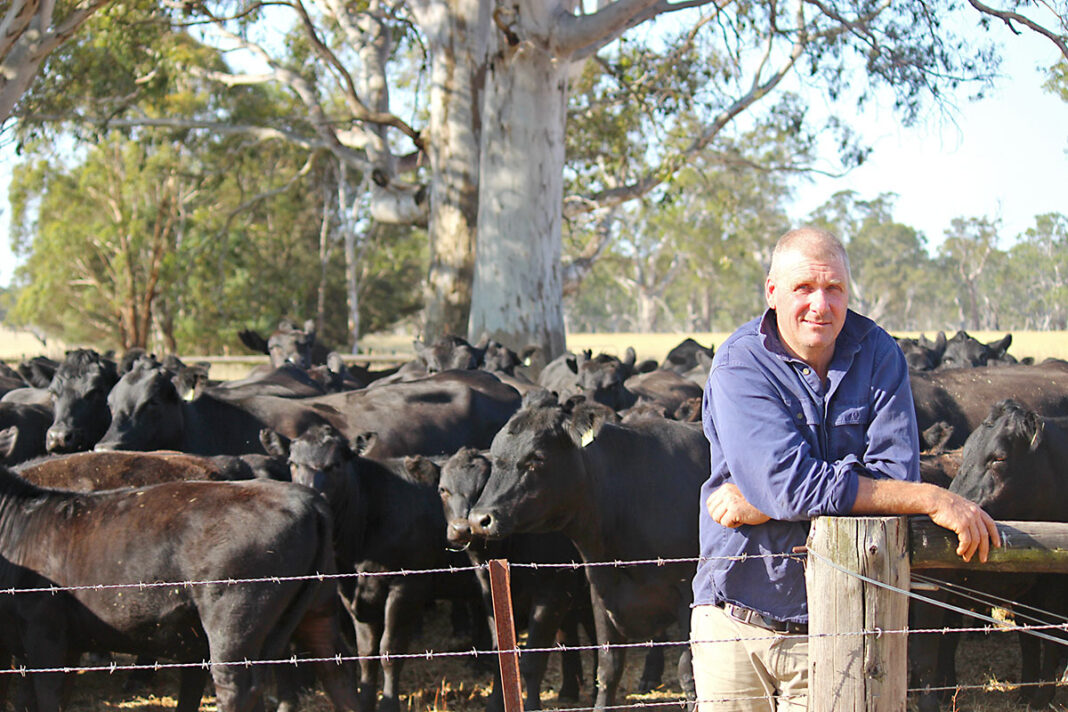Acoalition of regional agricultural and business leaders has launched a new advocacy group focussed on protecting the Limestone Coast’s high value agricultural resource, finite water assets and cultural heritage from the imminent threat of mining activities.
The Limestone Coast Sustainable Futures Association has launched an awareness campaign to inform the community about the invasive nature of rare earth strip mining which it believes will threaten the economic viability of the food and fibre sector and jeopardise biodiverse value including underground water resources.
The grassroots collective was formed following a series of community meetings attended by hundreds of landholders and others increasingly concerned about a multi-generational rare earth mining proposal called the Koppamurra Project by Australian Rare Earths (AR3), which is in the scoping stage exploring sites in the South East and western Victoria.
AR3’s exploration licences for rare earth minerals now cover more than a third of the Limestone Coast, stretching from Keith to Mount Gambier.
The association’s founding chairperson Todd Woodard, a Wrattonbully livestock producer, said immediate concerns related to AR3’s plan to apply for its first mining lease in 2025 for a tenement 35km south-east of Naracoorte.
Mr Woodard said a lack of scientific evidence about the long-term impacts of the type of strip mining proposed had fuelled the creation of the not-for-profit group.
He said members recognised the urgency of sending a united message to government highlighting their concerns and why the region’s highly productive land must be protected.
“This is not an anti-mining campaign.
We recognise the need to source rare earth resources for our clean energy transition.
But it should not come at the expense of our food and fibre security and the hundreds of businesses and the value chain that this sector supports,” Mr Woodard said.
“Our prized agricultural landscape is one of South Australia’s greatest assets – an economic powerhouse generating more value per hectare than anywhere in the state.
“Unfortunately, recent history is littered with examples of malpractice and irreparable damage from strip mining activities leading to devastating environmental and social outcomes for Australian regional communities.
We cannot risk irreparable damage to occur in our state’s food bowl – our high value agricultural land and key environmental assets must be protected for future generations.”
Committee member and farmer Dee Nolan said the uncertainty regarding the long-term consequences of strip mining was causing great anxiety among landholders, who feared for the future of their own farms and the value of their agricultural produce.
Equally, she said they fear the region’s reputation, rated as one of the most reliable, innovative and high-value agricultural regions in Australia, was at stake.
“This is one of the biggest threats to ever face our food and fibre sector.
Droughts come and go but the impacts of strip mining could be irreversible, forever changing our rich, red gum landscape,” she said.
“Then there’s the risk to our valuable underground water supply.
People are very worried about the proposed use of acid to extract the rare earth minerals and the chance of it leaking into the aquifer.”
Fellow committee member Bruce Wood, a mining engineer who spent his career in the resource sector, said the proposed scale of the multi-generational open cast strip mining was “staggering”.
“By mining for rare earths we run the major risk of creating bare earths.
Mining could destroy not only the Limestone Coast’s precious soil but also the topography of the landscape,” he said.
“Dips and swales that provide transient water courses for birdlife and runaway holes could be bulldozed, forever destroying what nature designed to rehydrate our land and restore water resources.
These assets risk being silted by disturbed loose soil sediments forever lost from our unique landscape.”
Naracoorte business leader and association vice-chairperson Alana Davies said the group took inspiration from the Lock the Gate movement, which had successfully protected communities from coal and gas exploration.
“Our group will be loud and passionate, sharing the wider community’s concerns direct to government, urging it to protect the high value agricultural land and key environmental assets from threatening mining activity, and to safeguard our state economy, protect its biodiverse value and ultimately ensure the health and well-being of our Limestone Coast communities,” Ms Davies said.



